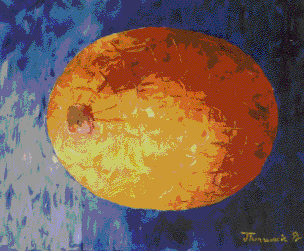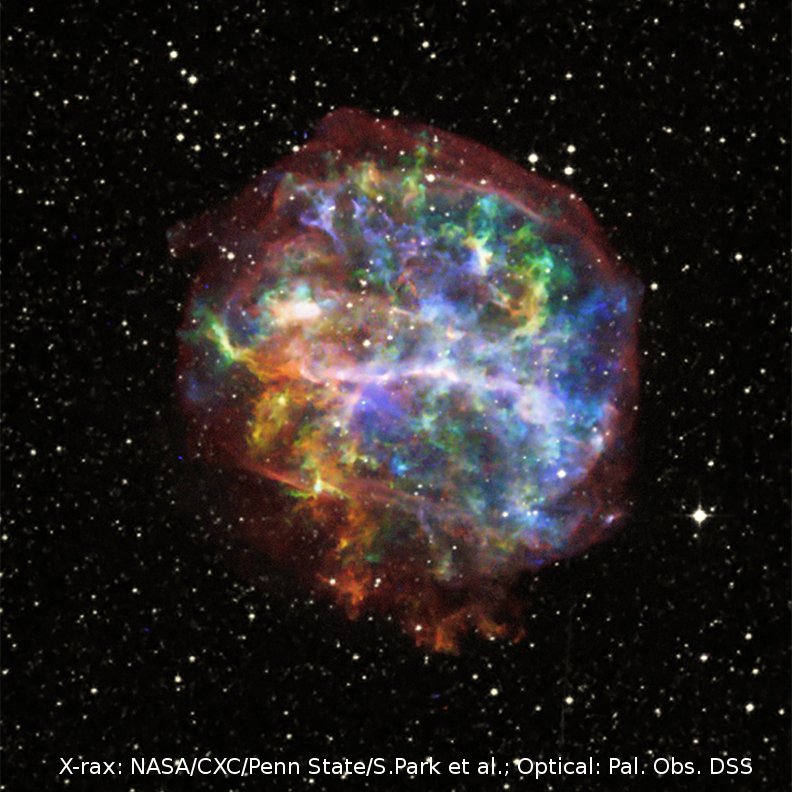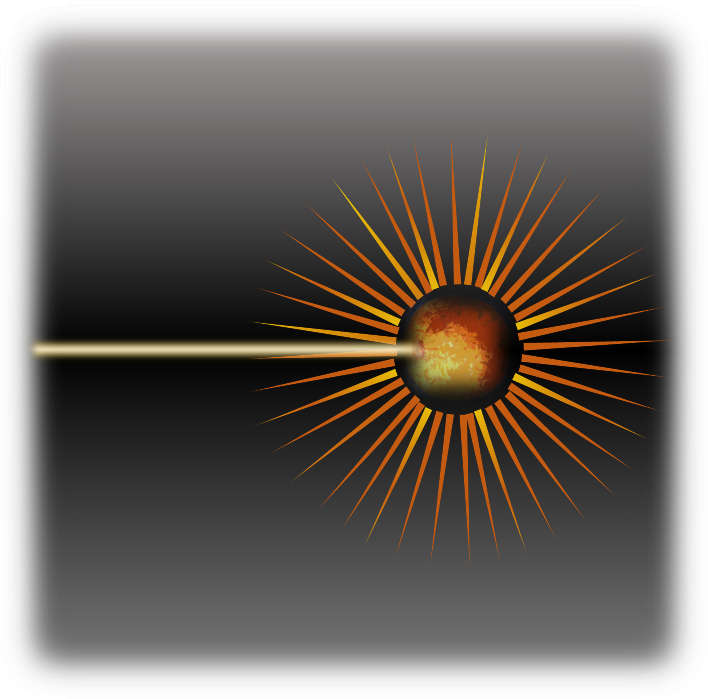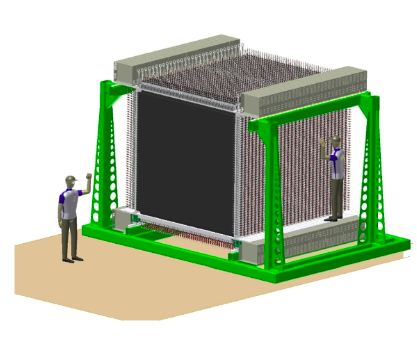|
Within the project area "Nuclear Structure" we investigate
basic properties of atomic nuclei. The symmetry of protons
and neutrons is a cornerstone of Nuclear Physics.
Breaking this symmetry has important implications for
this quantum system.
The study of electric dipole transitions and related
structures is one approach to get a deeper insight into
this feature of nuclei. Examples are the Pygmy
Dipole Resonance (which is in collective models described as an out-of-phase
oscillation of excess neutrons against a proton-neutron core)
or octupole correlations. We perform the following research:
-
Experiments with fusion evaporation and direct reactions using
ions at the
Tandem accelerator of the University of Cologne (UoC) and at
other facilities to investigate the strcuture of low spin excitations
in heavy and medium-heavy atomic nuclei. Institute operates the
HORUS array consisting of 14 high-resolution
HP(Ge)-Detektoren for gamma rays and the ion spectrometer SONIC
which has been developed by our research group. Other epxeriments
of our group are performed at the
Maier-Leibnitz-Laboratory of the LMU and TU Munich and at the
Horia Hulubei National Institute of Physics and Nuclear Engineering
in Bukarest/Romania.
-
Experiments with quasi-monoenergetic real photons in the MeV range from Laser Compton backscattering
at the
Triangle Universities Nuclear Laboratory
in Durham, NC, USA.
-
Experiments to study the Pygmy Dipole Resonance (PDR) in stable nuclei
using protons and alpha particles at the
AGOR-Zyklotron of the
KVI Groningen
and in neutron rich radioactive nuclei at
GSI Darmstadt and at the
RIKEN Nishina Center in
Wako/Japan.
-
Calculations within the framework of different nuclear structure models.
The projects are supported by the Deutsche
Forschungsgemeinschaft (ZI 510/4-2) and the
EU (EURONS RII3-CT-2004-506065). The University of Cologne
is partner of the NuSTAR centre of research within the BMBF.
|




